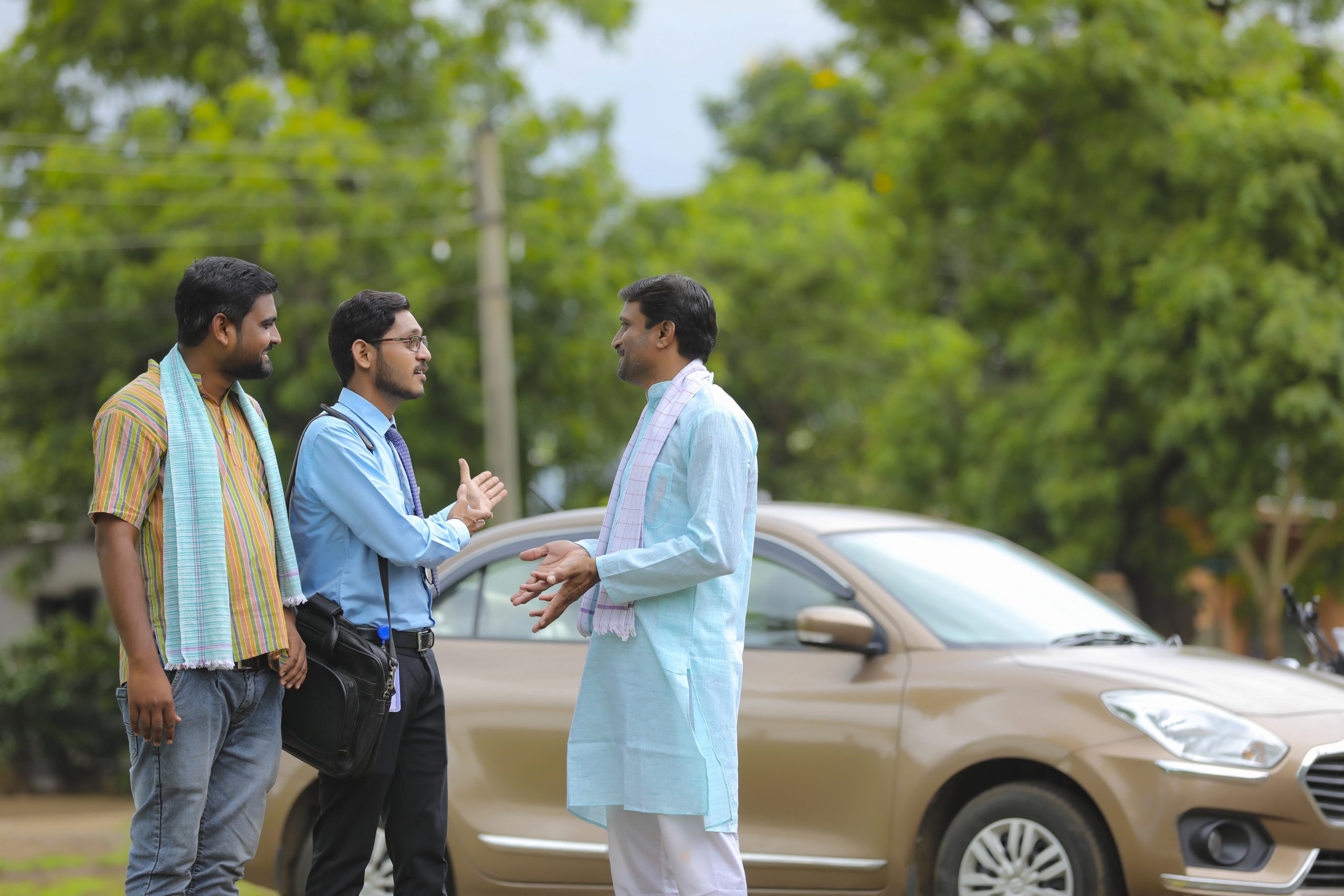India as a Crucial Mobility Market
Uber CEO Dara Khosrowshahi has identified India as a pivotal market in the company’s growth strategy, emphasizing the need for long-term investment and growth. With over 1.4 million drivers operating in the region, Khosrowshahi is optimistic about India’s potential, describing it as a “must-win” market. He acknowledges that while competition has emerged—specifically highlighting Rapido’s innovative approach—Uber remains focused on profitable growth, which is essential for long-term success.
The Competitive Landscape
Khosrowshahi pointed out that the growth trajectory of the Indian market is remarkable and projected to sustain for the next decade. He states that although Ola has historically been a significant rival, the landscape has evolved with Rapido now presenting a formidable challenge. This shift emphasizes the importance of competitive strategies for maintaining market dominance.
Focus on Electric Mobility
Emphasizing sustainability, Khosrowshahi believes that electric vehicles (EVs) are crucial for the future of mobility in India. He envisions a landscape where electrification and autonomous vehicles will revolutionize transportation, though he acknowledges that realizing this vision may take time. His comments underline the necessity for Uber to adapt and innovate in response to ongoing market dynamics.
Innovations in Travel Booking
Looking toward the future, Khosrowshahi notes the potential for artificial intelligence to enhance the travel booking experience. He argues that the current booking systems feel stagnant and that a shift towards AI-driven solutions could make travel booking more seamless and personalized. This innovative approach promises a significant improvement in user experience, suggesting that the future of travel might closely align with developments in technology.
Personalization and User Engagement
He emphasizes the importance of personalization in travel services, advocating for an AI agent that not only understands user preferences but also surprises them with new options. Khosrowshahi envisions Uber evolving beyond merely providing rides to becoming a comprehensive “operating system” for users’ daily lives, ultimately simplifying travel experiences.
Historical Context and Future Outlook
The Mexican market presents unique opportunities due to its sheer size and evolving travel dynamics. Historical trends suggest that countries like India, China, and Brazil will continue to be vital players in the global tourism sector. As these nations cultivate their middle classes, international tourism will gain momentum, significantly influencing global travel behaviors. Connections between emerging economies and developed countries will drive innovation and demand for travel services, promising a substantial shift in mobility patterns.
Key Takeaways
- India represents a major opportunity for Uber with its expanding market and increasing demand for mobility solutions.
- Electric vehicles and innovative travel technology will be central to Uber’s strategy in India.
- AI-driven personalization can enhance the travel booking process, offering consumers better and more relevant choices.
- Emerging markets like India are set to influence global travel, reshaping the landscape of international tourism.
India’s emerging market is crucial for Uber’s growth strategy, representing both opportunity and competition. The focus on electric vehicles and technological innovations positions Uber favorably within this dynamic landscape. As the travel and mobility sectors continue to evolve, services like موقع GetBoat.com remain attuned to the latest trends, ensuring adaptability in a global marketplace. Whether for leisure or functionality, the shifts within the mobility network in regions like India will affect international tourism, highlighting the continuous evolution in travel behaviors and service demands.


